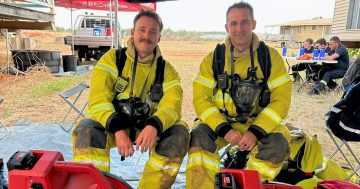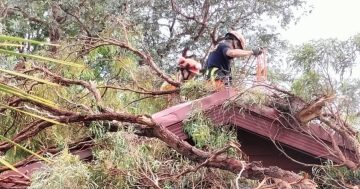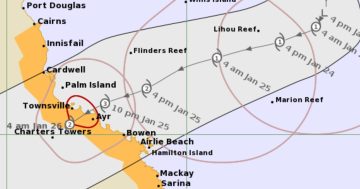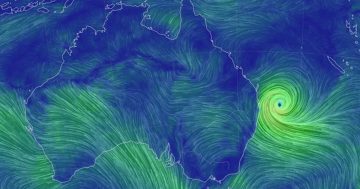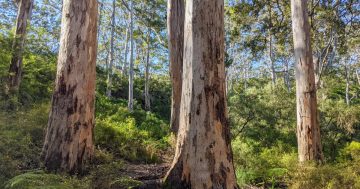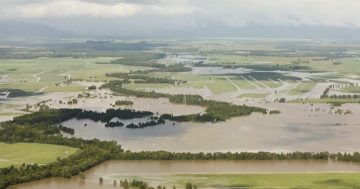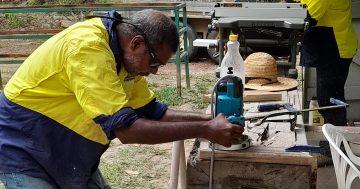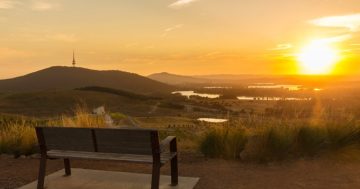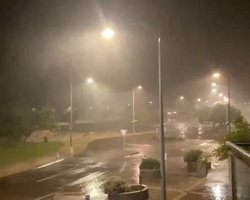 The Building and Energy Agency has developed a guide on what to do before, during and after a cyclone.
The Building and Energy Agency has developed a guide on what to do before, during and after a cyclone.
Executive Director of Building and Energy, Saj Abdoolakhan said WA’s North-West coastline was Australia’s most cyclone-prone region.
“The season typically runs from November to April with an average of two cyclones crossing the coast each season,” Mr Abdoolakhan said.
“As we saw with Tropical Cyclones Damien and Seroja, the impacts of cyclonic winds and rainfall can be devastating and long-lasting for affected communities.”
He said the guide aimed to provide a handy reference to help protect buildings and people sheltering in them.
“In addition to our own advice, helpful checklists summarise key information from organisations such as the Department of Fire and Emergency Services, James Cook University’s Cyclone Testing Station, WorkSafe, Consumer Protection and WA’s Department of Health,” Mr Abdoolakhan said.
“Building and Energy will continue to work with these organisations in responding to and safeguarding communities against severe weather events.”
The guide recommends longer-term preparation for cyclones such as inspecting, maintaining, protecting and upgrading structures.
Those living in the State’s cyclonic regions are advised to prepare a cyclone plan, which could include where to go if leaving the area, where to shelter if staying put and preparation of an emergency kit.
Other advice includes securing outdoor items, following official advice, including when to stay indoors, and keeping clear of glass windows and doors.
In the wake of a cyclone, the guide urges people to be cautious about hazards such as electrical, gas and building damage, as well as ensuring generators are safely used in the open air.
The “Cyclone Safety Around Your Home” fact sheet is available on the Building and Energy website at this PS News link.


